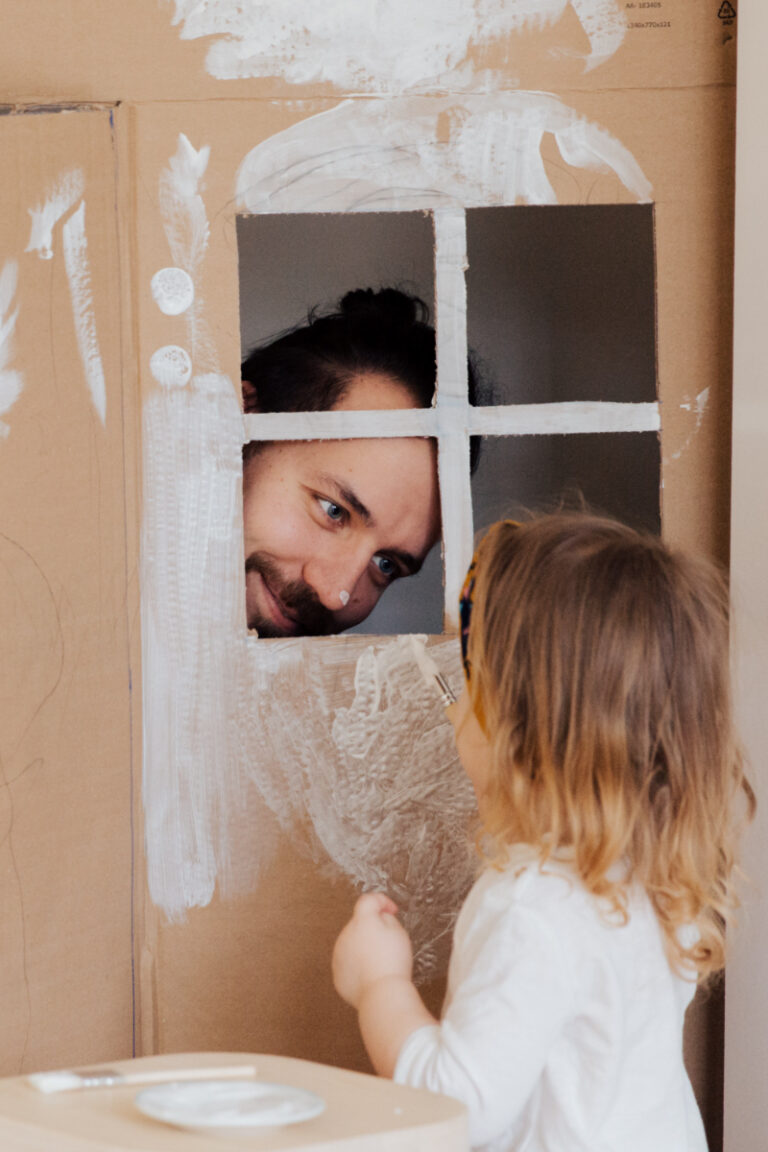5 Mindfulness Exercises to Overcome Anxiety and Stress
Mindfulness has become increasingly popular as a method for managing stress and anxiety in today’s fast-paced world. It involves paying attention to the present moment with an attitude of openness, curiosity, and non-judgment. Practicing mindfulness exercises can help individuals overcome these challenges and lead a more peaceful life.
This article will explore five mindfulness exercises that you can incorporate into your daily routine to manage stress and anxiety effectively.

Breath Awareness Exercise
The Breath Awareness Exercise is a simple yet powerful mindfulness technique that helps you focus on your breath, providing an anchor for your thoughts and calming your mind. This exercise can be practiced anywhere and at any time, making it an accessible tool for managing stress and anxiety. Here’s how to practice the Breath Awareness Exercise:
- Find a quiet place: Choose a comfortable and undisturbed location where you can sit or lie down without distractions.
- Adopt a comfortable posture: Sit or lie down in a position that allows you to relax and maintain your focus. You may choose to sit cross-legged on the floor, on a cushion, or in a chair with your feet flat on the ground.
- Close your eyes: Gently close your eyes to eliminate visual distractions and help you concentrate on your breath.
- Focus on your breath: Pay attention to the natural rhythm of your breathing, without trying to change it in any way. Notice the sensation of the air entering your nostrils, filling your lungs, and then leaving your body as you exhale.
- Observe without judgment: As you focus on your breath, thoughts, emotions, and physical sensations may arise. Acknowledge them without judgment, and gently bring your attention back to your breath.
- Repeat for several minutes: Continue this practice for a few minutes or as long as you feel comfortable. Gradually increase the duration of the exercise over time as you become more familiar with the practice.
Body Scan Exercise
The Body Scan Exercise is a mindfulness technique that helps you develop greater awareness of your body and its sensations. By focusing on each part of the body, you can identify areas of tension or discomfort and release them through mindful attention and deep breathing. Here’s how to practice the Body Scan Exercise:
- Find a quiet place: Choose a comfortable and undisturbed location where you can lie down without distractions.
- Lie down comfortably: Position yourself comfortably on your back, with your legs uncrossed and your arms resting at your sides.
- Close your eyes: Gently close your eyes to eliminate visual distractions and help you concentrate on your body.
- Begin the body scan: Start at your toes and slowly move your attention up through your body, focusing on each part in turn. Notice the sensations in your feet, ankles, calves, knees, thighs, hips, abdomen, chest, back, shoulders, arms, hands, neck, and head. Pay attention to any tension, discomfort, or other sensations you may experience.
- Breathe deeply: As you focus on each body part, take deep, slow breaths. Imagine that you are directing your breath into the area of tension or discomfort, releasing it as you exhale.
- Observe without judgment: If your mind starts to wander or you notice any thoughts or emotions arising during the exercise, acknowledge them without judgment and gently bring your attention back to the body scan.
- Complete the body scan: Once you have scanned your entire body, take a few moments to reflect on the experience and notice any changes in your overall sense of relaxation or well-being.
Mindful Walking Exercise
The Mindful Walking Exercise is a mindfulness practice that involves focusing on the experience of walking, allowing you to connect with your body and surroundings in a more present and intentional manner. This exercise can be a refreshing alternative to seated meditation and helps reduce stress and anxiety. Here’s how to practice the Mindful Walking Exercise:
- Choose a peaceful location: Find a quiet and safe place to walk, such as a park, garden, or quiet neighborhood street.
- Begin walking slowly: Start walking at a slower pace than usual, paying close attention to the movement of your body and the sensation of your feet touching the ground.
- Focus on your senses: As you walk, bring awareness to the sights, sounds, smells, and tactile sensations around you. Notice the feeling of the air on your skin, the sound of your footsteps, and the colors and shapes of the objects in your environment.
- Pay attention to your breath: Observe the rhythm of your breathing as you walk, without trying to change it in any way. Simply notice the sensation of your breath as it flows in and out of your body.
- Observe without judgment: If your mind starts to wander or you become distracted by thoughts or emotions, acknowledge them without judgment and gently bring your attention back to your walking and your surroundings.
- Walk for several minutes: Continue the Mindful Walking Exercise for as long as you feel comfortable, gradually increasing the duration over time as you become more familiar with the practice.
Loving-Kindness Meditation
Loving-Kindness Meditation, also known as Metta meditation, is a mindfulness practice that focuses on cultivating feelings of love, compassion, and goodwill towards yourself and others. This exercise can help you develop a more positive mindset, reduce stress and anxiety, and improve your relationships. Here’s how to practice Loving-Kindness Meditation:
- Find a quiet place: Choose a comfortable and undisturbed location where you can sit without distractions.
- Adopt a comfortable posture: Sit in a position that allows you to relax and maintain your focus, such as cross-legged on the floor, on a cushion, or in a chair with your feet flat on the ground.
- Close your eyes: Gently close your eyes to eliminate visual distractions and help you concentrate on your meditation.
- Focus on yourself: Begin by directing loving-kindness towards yourself. Silently repeat phrases like, “May I be happy, may I be healthy, may I be safe, and may I be at ease.” Feel the warmth and love these words generate within you.
- Extend loving-kindness to loved ones: Next, bring to mind someone you love or appreciate, such as a friend, family member, or even a pet. Repeat the same phrases for them, such as, “May you be happy, may you be healthy, may you be safe, and may you be at ease.”
- Expand your circle of compassion: Gradually extend the loving-kindness meditation to acquaintances, neutral people, and even those who may have caused you stress or harm. As you do this, continue repeating the phrases and imagining their happiness, health, safety, and well-being.
- Embrace all beings: Finally, expand your loving-kindness to encompass all living beings, including animals, plants, and the entire planet. Repeat the phrases for all beings, feeling a sense of connection and compassion towards every living thing.
- Conclude your meditation: After several minutes, or when you feel ready, gently open your eyes and bring your meditation to a close.
Gratitude Practice
Gratitude Practice is a mindfulness exercise that focuses on recognizing and appreciating the positive aspects of your life. This practice can help shift your mindset from dwelling on negative thoughts to embracing a more optimistic outlook, ultimately reducing stress and anxiety. Here’s how to practice Gratitude:
- Choose a time and place: Find a quiet and comfortable spot where you can reflect on your gratitude each day. This could be during your morning or evening routine, or any other time that works for you.
- Reflect on three things you’re grateful for: Take a few minutes to think about three things in your life that you’re grateful for. These can be small everyday occurrences, such as a delicious meal or a beautiful sunset, or larger aspects of your life, like supportive relationships or personal achievements.
- Write or speak your gratitude: You can either write down the three things you’re grateful for in a journal, or simply say them out loud to yourself. The act of articulating your gratitude helps solidify these positive thoughts in your mind.
- Delve deeper into your gratitude: For each item on your list, try to explore why you’re grateful for it and how it brings joy or value to your life. This deeper reflection can help strengthen your feelings of gratitude and appreciation.
- Make it a daily habit: Consistently practicing gratitude can have lasting effects on your mental well-being. Aim to incorporate this exercise into your daily routine for the best results.
Conclusion
Incorporating mindfulness exercises into your daily routine can be an effective way to manage stress and anxiety and improve your overall well-being. By practicing Breath Awareness, Body Scan, Mindful Walking, Loving-Kindness Meditation, and Gratitude, you can train your mind to focus on the present moment, embrace positivity, and recognize the value of self-care.
Remember to approach these exercises with an attitude of openness, curiosity, and non-judgment, allowing yourself to fully experience the benefits of mindfulness. With regular practice, you can cultivate a more peaceful and fulfilling life.






